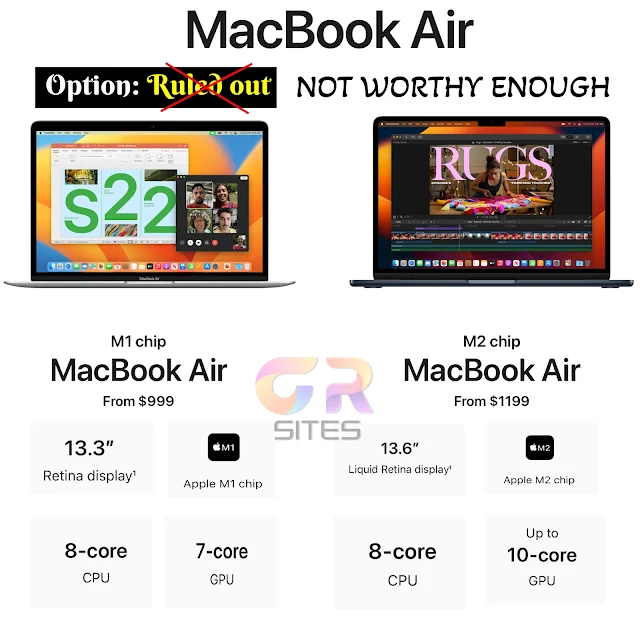In a world that's becoming increasingly interconnected, it's essential to have a unified approach to technology. Google and Apple have shown their capabilities in creating seamless digital ecosystems. Their vast product ecosystems encompass everything from smart wearables to IoT control interfaces, mobile devices to advanced laptops and desktops. However, there's a hitch in this otherwise seamless experience - the complex world of router settings.
The Conundrum of Diverse Router Preferences
- The Multifaceted Digital World: As we embrace the multifaceted offerings of Google and Apple, we rely on a multitude of devices like smart watch, tablets, and phones, each designed to make our lives more convenient and connected. These devices thrive on network connections, and the router stands as the unsung hero in this setup.
- The Complexity of Router Settings: But here's where the confusion begins. Our routers, while packed with capabilities, often have settings that resemble a jumble of too much technical jargons. Each router brand uses different terminology and preferences, which leaves the average user grappling with an array of bewildering choices.

The Need for a Unified Approach
- The Power of Simplicity - call to action is clear: Google and Apple, the giants of innovation, should pioneer a simplified navigation pane or preferences against aligned router settings. This approach could revolutionize our digital experiences, ensuring that our network preferences align seamlessly with the capabilities of our devices.
- Device Recognition network Utility: Imagine a device recognition network utility introduced by these tech giants. This utility, embedded within their devices, would analyze router settings, and check them against the specific requirements of the connected device. It would ensure that settings are optimized, aligning the network's performance with the device's capabilities.
A Collaborative Effort
- Bridging the Gap: To make this vision a reality, Google and Apple should join forces with leading router manufacturers like Netgear or TPLink or DLink, bringing their extensive expertise in user experience and product design to the router settings domain. This collaboration would be a significant step toward simplifying technology for users.
- Ultimate User Benefit: A network utility like this would not only streamline router settings but enhance the user experience. Whether you're streaming, working, or gaming, it would ensure that your network settings align with your device's needs.
Conclusion: A Brighter Digital Future
As we progress further into the digital age, our tools should evolve to simplify our lives. A unified network utility to router settings, championed by Google and Apple, is a monumental step in that direction. We can dream of a world where our network preferences harmonize effortlessly with the capabilities of our devices. In the end, it's not just about simplicity; it's about ensuring that the technology giants continue to make our lives better and our experiences richer. With the right router settings, the future is bright, seamless, and optimized for all.

